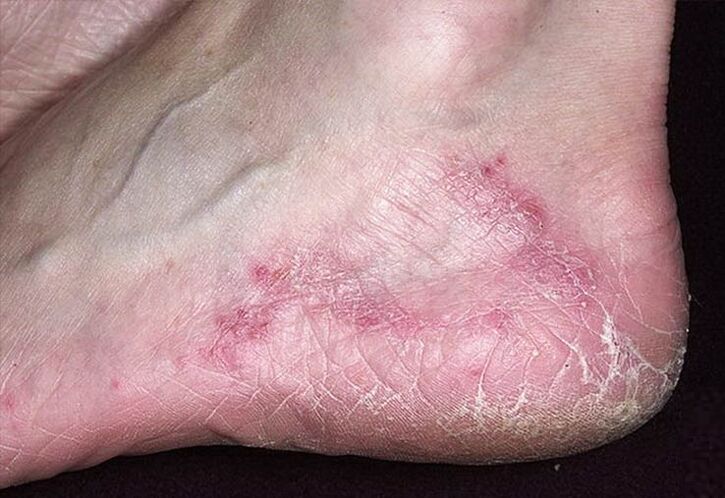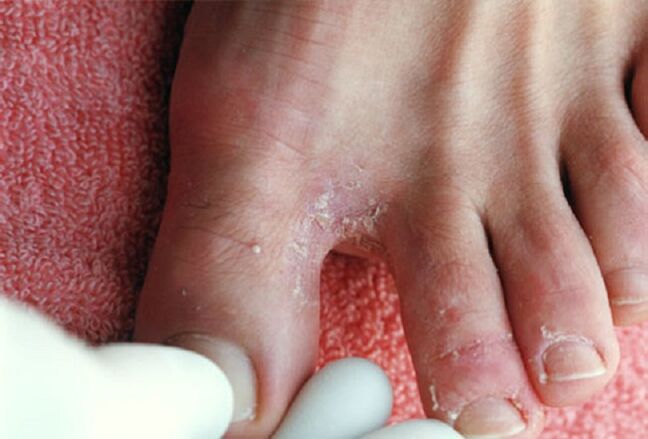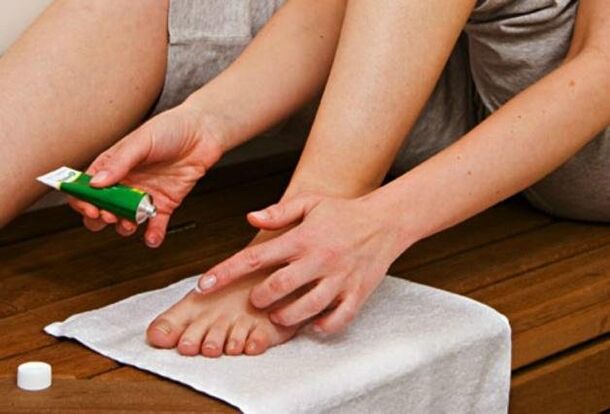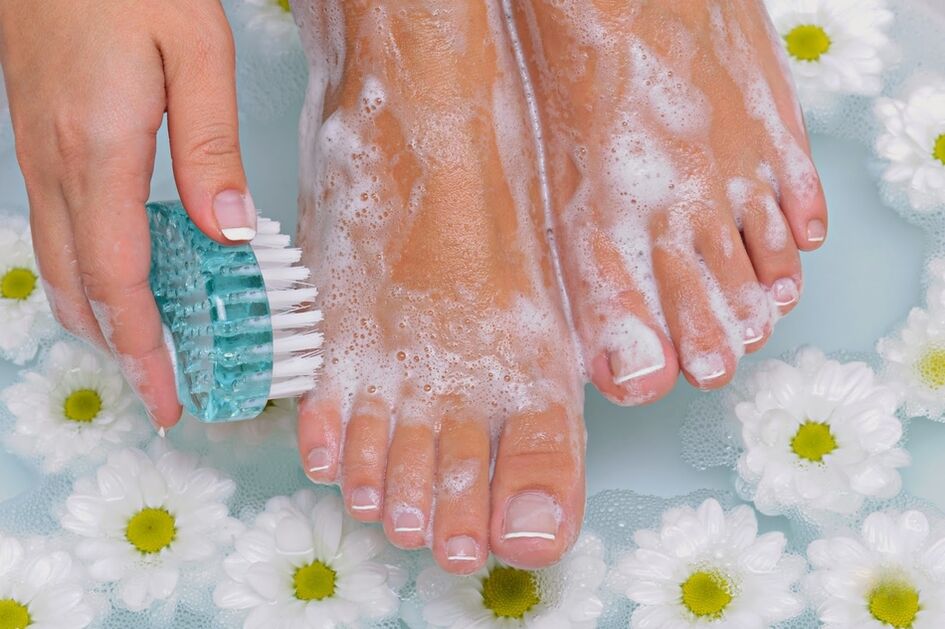
general sign
- Cracks appear in the skin between the toes. This area is considered to be at greatest risk for fungal infections. Other evidence of infection may include excessive dryness of the skin, flaking and pain on the feet.
- The skin layer is noticeably thickened and roughened. Similar symptoms are also observed when corns or dry callus form. But in some cases, the cause of this change is fungus.
- Destroys the skin and causes blisters. This type of injury is usually diagnosed first on one leg and later on the other leg.
- Redness, itching, or burning of the skin. This set of symptoms is considered one of the main signs confirming a fungal infection. The difficulty in diagnosing this case is that each type of mycosis fungoides causes such a set of symptoms.
- A change in the color of the nail plate.
- An unpleasant odor develops in the infected area.
Fungal infections can easily penetrate the body and infect internal organs and systems. This explains the frequent recurrence of the disease in the complete absence of external stimuli.

Medical classification
- Squamous.
- Sweating disorders.
- rub against each other.
- "Classic" onychomycosis.
- Hypertrophy - the nail plate gradually collapses, changes color to yellowish, and characteristic spots appear. After the nail is deformed, pain may occur in the affected area.
- Normal nutrition - the shape of the nail plate is not damaged or changed, yellowish white spots or lines appear on it.
- Atrophy is the most dangerous form of the nail plate, where it is severely damaged, deformed, and often peels away from the nail bed.
Each form of onychomycosis has its own general treatment options. But in order to completely eliminate the infection without affecting the body and to rule out recurrence, it is recommended to carry out treatment under the advice and supervision of a doctor.

treatment method
Treating foot fungus early on is easy. Usually, two weeks of treatment is enough to clear up the symptoms of a fungal infection.

treatment duration
As long as signs of infection are caught promptly, modern medications can restore full health to your legs within two weeks.

Precaution
- Try to eat right and eat healthy foods whenever possible;
- Not using other people’s belongings and personal hygiene products;
- Use basic protective equipment in public places, such as replacement footwear and hygienic antimicrobials;
- Wash feet and change socks regularly;
- maintain a healthy lifestyle;
- Bath regularly to improve foot health;
- Disinfect shoes regularly.
Preventing fungal infections is important not only for prevention, but also for the disease to actually occur. In this case, following hygiene standards can help speed healing and prevent others from contracting the fungus.

























